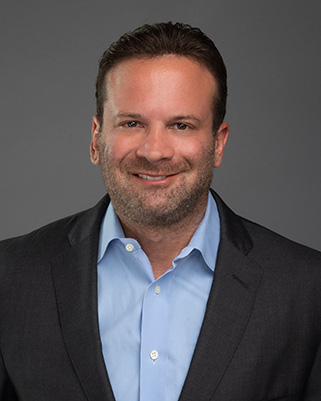If you have essential tremor (ET) you may be among the roughly 50% of those for whom medication isn’t working. The three most commonly prescribed medications (Primidone, Propranolol, and Clonazepam) either are ineffective, or they lose effectiveness over time as tremors progress, or they are effective but the side effects are unpleasant you gave up. It can be frustrating, discouraging and depressing to feel like you’re doing trial and error experiments, as if you are your own guinea pig. But there’s another type of “trial” that may help not only you, but thousands more who stand to gain from the results.
Clinical trials
Has your care team suggested a clinical trial? As the name suggests, something is “on trial” to evaluate a new medical treatment or drug for its safety and success. While it might sound intimidating to voluntarily put yourself on the line, here are some reassurances as to how participants are protected:
- Clinical trials are carefully designed using the highest research standards. Medical and scientific experts put much effort into creating a study that will test exactly what they want it to without putting participants at risk. If they didn’t already have important clues of potential success, they would not go through the arduous process of convincing other centers to join the study, nor pursuing funding for such an expensive project.
- Clinical studies look out for patients’ best interest. A special Institutional Review Board is monitors patients’ rights and welfare. Participants are thoroughly informed of what the trial entails, how long and at what intervals their participation is needed, and what their rights (and possible risks) are before giving “informed consent.”
- Clinical trials are carefully regulated. They need FDA approval to start enrolling participants. This means that preliminary laboratory experiments have already been done, often with animals. If the results were encouraging, approval is granted for a four-phase clinical trial model.
Phase I trials recruit a small group of volunteers to determine the correct dosage as well as watch how well it does and whether there are any “adverse events” (harmful side effects). - Phase II may involve several study centers, often academic medical centers, in order to enroll a larger number of people and be able to follow them over a study period of 2 or more years. The emphasis is more on effectiveness, but safety and adverse events are still monitored.
- Phase III trials are even larger, since study populations in the thousands help establish that the data being gathered is reliable. Also, using large numbers of people means that different doses or combinations can be tested.
- Once the FDA approves the use of a drug, there may be Phase IV trials to observe and monitor the drug’s performance with very large, diverse populations.
Is there an advantage to enrolling in a clinical trial?
Yes. Participants are usually provided with all materials and medications at no charge. If the substance or procedure being tested is effective without doing harm, those who are receiving it will be the first to know. In fact, if enough success is observed early, after a designated period of time the drug or treatment will be offered to those who were receiving a placebo (looks identical but has no effect) for comparison. For instance, this occurred when a randomized, controlled double-blind clinical trial of MRI-guided Focused Ultrasound for ET enrolled 76 patients.i After a previous pilot study with 15 patients, this larger trial compared MRgFUS vs. a “sham” treatment (identical set-up but without the therapeutic ultrasound). After the three-month double-blind period, those in the “sham” group were informed that they had not received the actual treatment and were then able to cross over into the treatment arm. All 76 patients were successfully treated at no cost to themselves thanks to the clinical trial sponsors.
Is there a disadvantage to participating?
Clinical trials take time, perhaps months or even 2-3 years. If it is a randomized double-blind trial, patients cannot know until a designated period has passed if they were getting the experimental treatment or a placebo. This means that unless the study is ended early due to the obvious success of the new drug or procedure, participants who were not getting the active treatment must wait to be offered it.
Also, some studies pose a potential time and travel burden on the participant. Although there is a careful screening and eligibility process, sometimes participants must drop out. A possible drop-out rate is taken into account during the study design, but in one sense it’s not fair to the trial.
Making the decision
If you think you are interested in joining a clinical trial, don’t make the decision alone. Talk to your neurologist to find out if a) you would be a good candidate for one and b) there is a location close enough for participating to be realistic.
If you’re curious, visit clinicaltrials.gov and enter “essential tremor” in the search box. As of this writing, there are 119 clinical studies listed. Whether or not a study is currently recruiting will be clearly indicated next to the name of the study. Clicking on the name will open a page containing information on the trial, as well as locations. It is important that you and your neurologist discuss the merits of participating in a clinical trial.
If you like the idea of a possible benefit to yourself as well as contributing to science, a clinical trial might be right for you.
Elias J, Lipsman N, Ondo W, Ghanouni P et al. A randomized trial of focused ultrasound thalamotomy for essential tremor. N Engl J Med 2016; 375:730-39.

